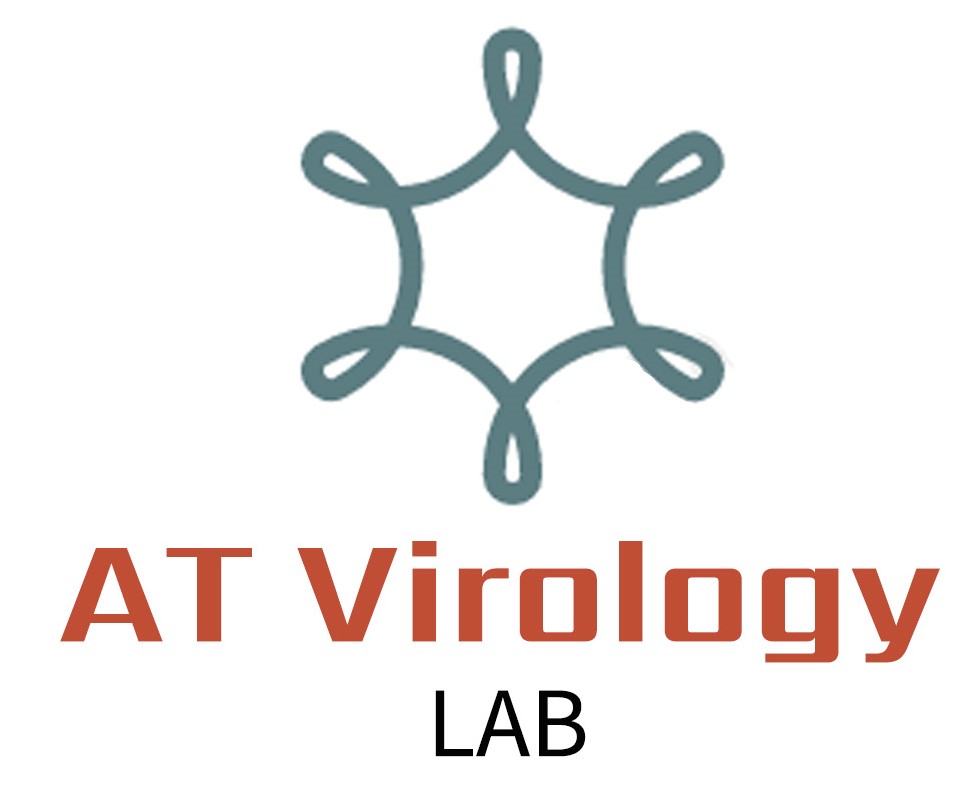Galectins are β-Galactose binding lectins expressed in numerous cells and play multiple roles in various physiological and cellular functions. However, few information is available regarding the role of galectins in virus infections. Here, we conducted a systemic literature review to analyze the role of galectins in human virus infection.
Methods: This study uses a systematic method to identify and select eligible articles according to the PRISMA guidelines. References were selected from PubMed, Web of Science and Google Scholar database covering publication dated from August 1995 to December 2018.
Results: Results indicate that galectins play multiple roles in regulation of virus infections. Galectin-1 (Gal-1), galectin-3 (Gal-3), galectin-8 (Gal-8), and galectin-9 (Gal-9) were found as the most predominant galectins reported to participate in virus infection. The regulatory function of galectins occurs by extracellularly binding to viral glycosylated envelope proteins, interacting with ligands or receptors on immune cells, or acting intracellularly with viral or cellular components in the cytoplasm. Several galectins express either positive or negative regulatory role, while some had dual regulatory capabilities on virus propagation based on the conditions and their localization. However, limited information about the endogenous function of galectins were found. Therefore, the endogenous effects of galectins in host-virus regulation remains valuable to investigate.
Conclusions: This study offers information regarding the various roles galectins shown in viral infection and suggest that galectins can potentially be used as viral therapeutic targets or antagonists.
